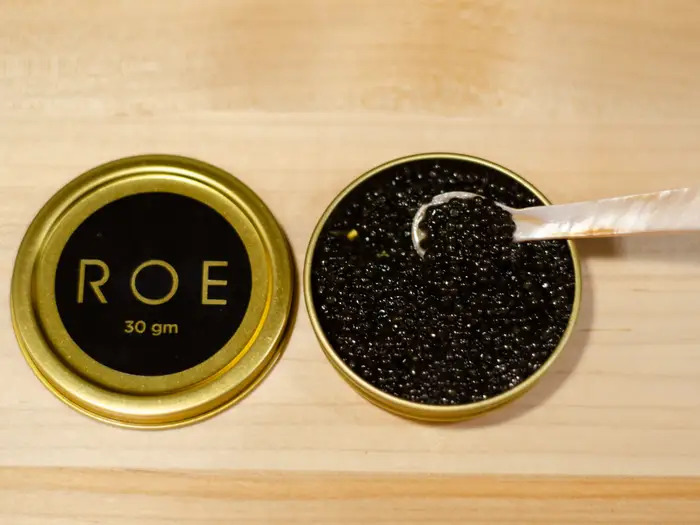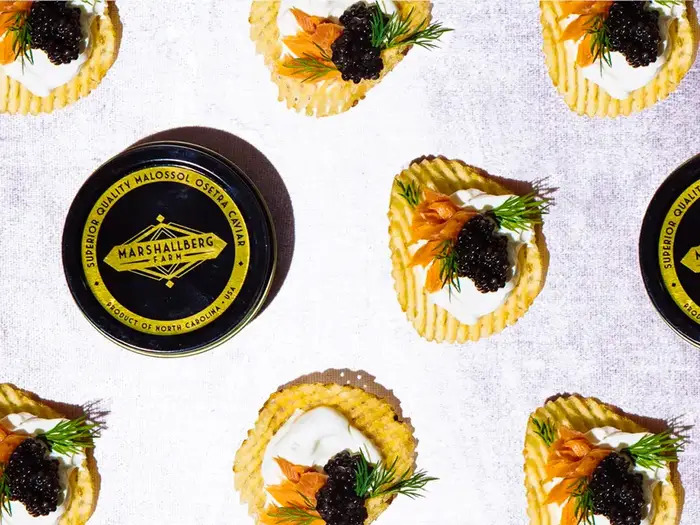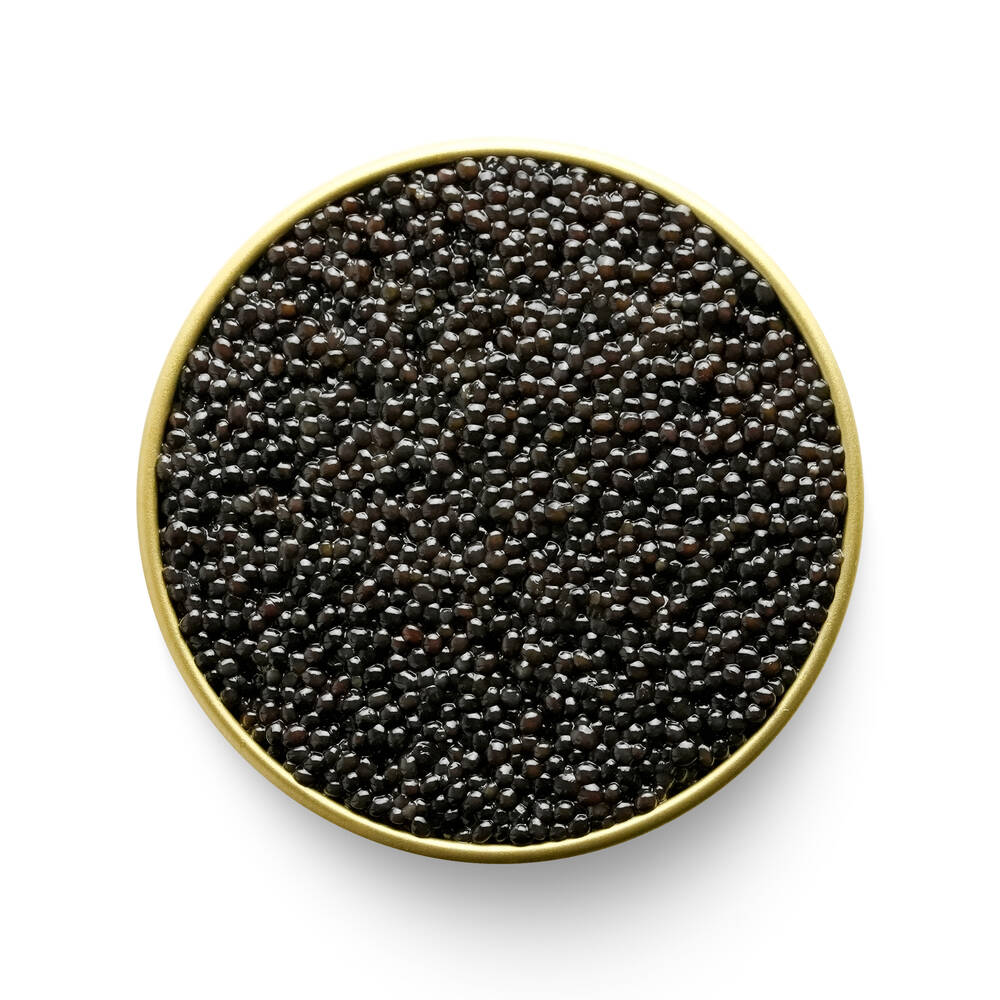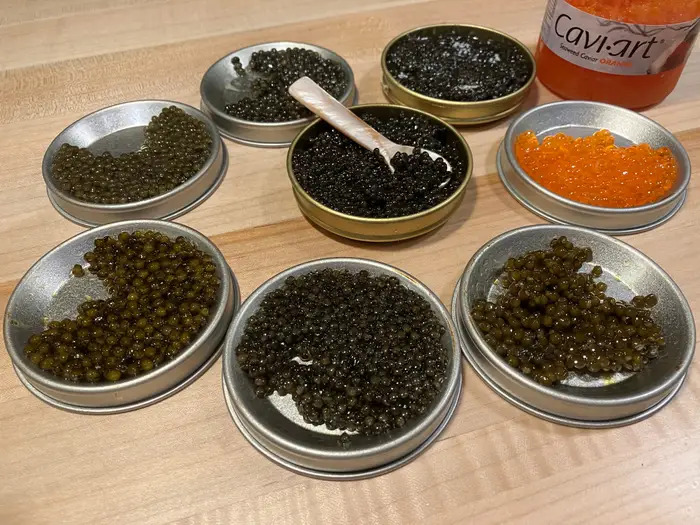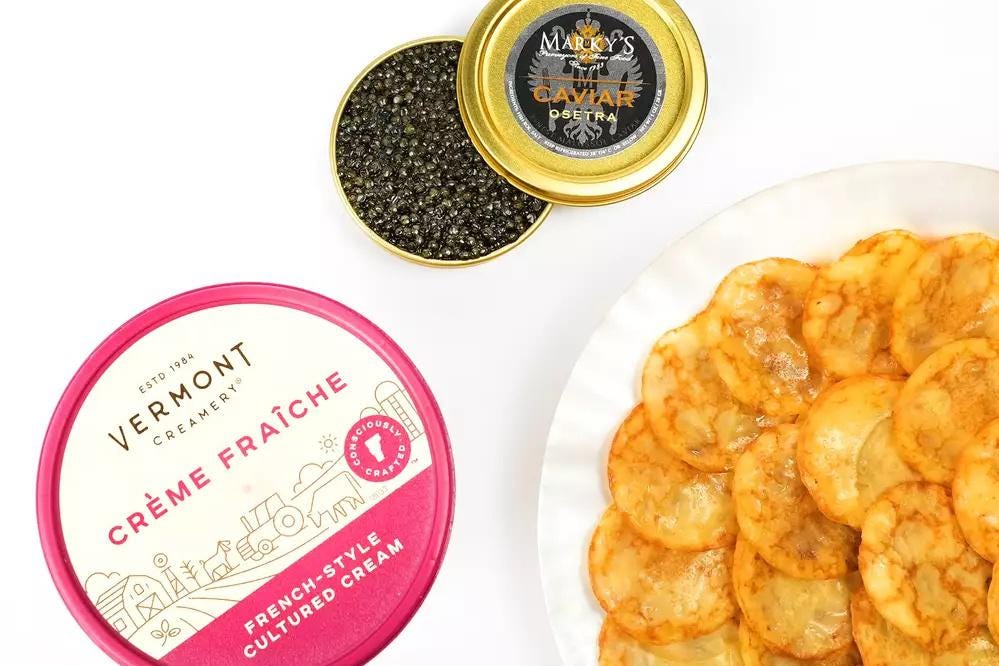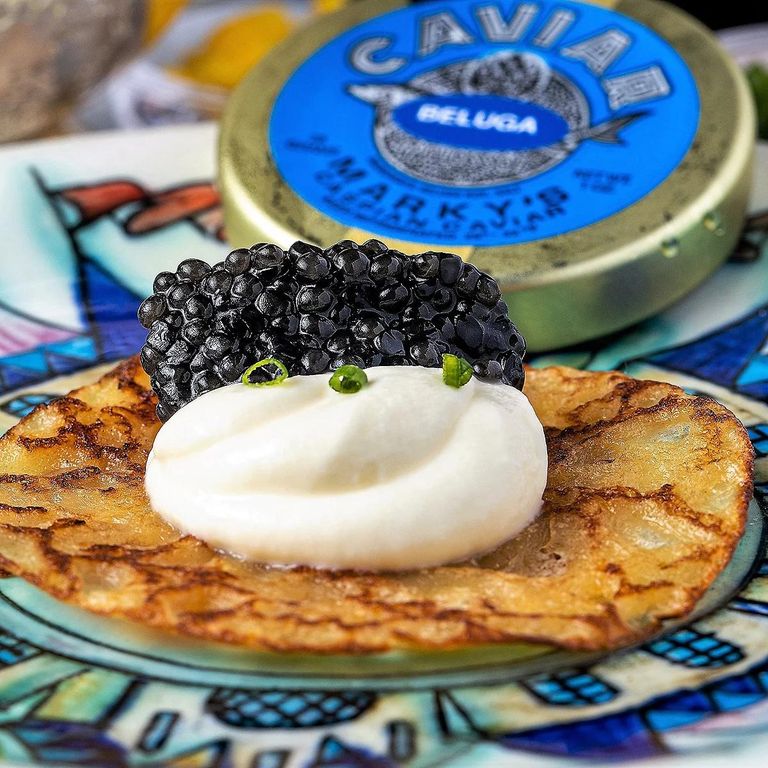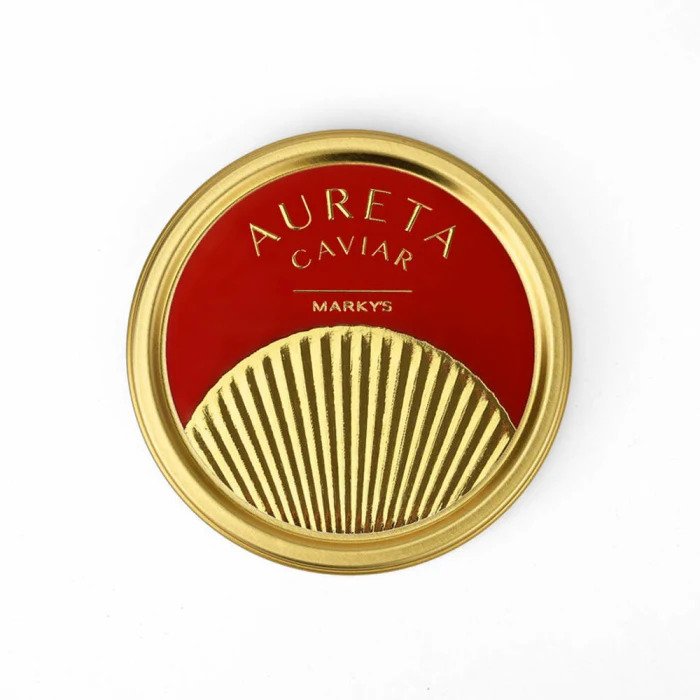The 5 best caviars we tried that you can order online
Caviar's origin story does not match its current luxury status. Still, we think there's no better way to lavish your loved ones with care than a jar of eggs from a prehistoric leviathan that spends its life sifting through cold and dark waters for snacks. Maybe that doesn't sound so appetizing, but if Poseidon ever came up with a more delectable ambrosia, he selfishly chose not to bless the rest of the world with its splendor.
Though you can no longer purchase Sterlet and Beluga, the crème de la crème de la mer, in the United States due to an alarming decline of those particular sturgeon, there are other delicious options. Osetra, Sevruga, Paddlefish (note that this is not sturgeon, but a similarly prehistoric species), and more are much more affordable and widely available alternatives.
Just don't forget the blinis, the creme fraiche, and, of course, the Champagne.

The best caviar in 2023
Marshallberg Farms' caviar is among the only Osetra Russian sturgeon caviars produced in the United States. It's meticulously processed, and each tin is sourced from a single fish, so you'll get some of the cleanest and most consistent roe around.
Pros: Single source, consistent texture, flavorful
Cons: Lacks the salty bite of other caviars (though that may be a pro, depending on personal preference)
Osetra is a medium-grain caviar often associated with a clean but nutty taste. It's usually not as salty as other caviar, though that depends on the brine and how long the eggs sit in it.
Marshallberg Farms is based in North Carolina, and the company guarantees that it does not mix roe from different fish to compose your tin of caviar. This might sound snooty, but the flavor and consistency of a given caviar will get a little lost if it's sourced from multiple fish, and blending roe is never preferred.
Best Kaluga caviar
Olma's Kaluga caviar is as close as you'll get to Beluga caviar with its firm, juicy, and creamy taste.
Pros: Firm texture, intense flavor, comparable to Beluga caviar
Cons: Pricey
Kaluga, or river caviar, is as close as we can get to the illustrious Beluga, the king of caviar, but also the most endangered sturgeon.
The United States has had a ban in place on the import of Beluga caviar in an attempt to stem overharvesting. Kaluga, however, still comes pretty darn close to the taste and texture.
Olma has been serving up caviar in New York City since 2001, and offers a direct line to the best of the best. You can even buy it on Amazon and get fast shipping straight to your door.
Best Californian white sturgeon caviar
